Diamantguide
Alle stenene i Ro Copenhagens smykker har naturlig opprinnelse. De glitrende, lysende diamantene er dannet i mørket, 2 km under bakken. Det er her karbonatomer krystalliserer seg og blir til diamanter – under et stabilt, enormt trykk og høy, intens varme.
Når diamanter er skapt varer de evig, og det er derfor de er så sjeldne og verdifulle. Men det er en stor forskjell mellom diamanter. Hos Ro Copenhagen bruker vi noen av de fineste diamantene, som alle er nøye utvalgt av sertifiserte gemmologer. De er valgt basert på kvaliteter som kalles de fire C-ene: karat (carat), farge (colour), klarhet (clarity) og slip (cut).

Karat
Karat refererer til størrelsen og vekten til en diamant. En karat tilsvarer 0,2 gram. Store diamanter er sjeldne og har derfor også en høyere verdi enn mindre diamanter. Dette betyr at selv om flere små diamanter tilsvarer samme antall karat som en stor diamant, vil den store diamanten ha en høyere verdi.
Hos Ro Copenhagen har vi armbånd, øredobber og anheng som er prydet med flere diamanter. Når vi oppgir antall karat i produktbeskrivelsen, henviser vi til totalvekten av alle stenene innenfor samme kategori.

Farge
Hvite diamanter er klassifisert etter deres fargeløshet på GIA (Gemological Institute of America) skalaen fra D til Z. Diamanter klassifisert som D kalles River diamanter og er 100 % fargeløse. I den andre enden av skalaen er Z diamanter, som har en tydelig gulaktig fargetone.
Alle hvite diamanter fra Ro Copenhagen er klassifisert som F eller G på skalaen. Dette er diamanter som er "finhvite", også kjent som Top Wesselton. Top Wesselton diamanter er nesten fargeløse, noe som kan gjøre det vanskelig å se forskjellen mellom dem og River diamanter. Dette gjelder spesielt hvis diamanten er prydet i et smykke og dermed reflekterer metallet.

Klarhet
Under dannelsesprosessen får de fleste diamanter små defekter eller spesielle egenskaper, for eksempel spor av mineraler. Veldig, veldig få diamanter er perfekte, og hver enkelt er helt unik. Disse spesielle egenskapene kalles inneslutninger. Antall inneslutninger, samt deres type, størrelse og plassering, brukes til å gradere diamanter på en klarhetsskala.
Klassifikasjoner fra FL/IF til VS2 kan ikke sees med det menneskelige øyet. Graderinger fra SI1 og lavere har tydelige defekter.

Slip
Slipen av en diamant er den eneste av de fire C-ene som er menneskeskapt. Det er i denne prosessen at diamantenes gnistrende lysrefleksjon vises. Diamantens proporsjoner, symmetri og polering tas i betraktning ved vurdering av slipen. Den beste slipen er Excellent (EXC), fulgt av Very Good (VG), Good (G), Fair (F) og til slutt Poor (P).
Mange av Ro Copenhagen sine diamanter er briljantslipte fordi denne typen slip reflekterer lyset på vakreste måte. En briljantslipt diamant har 33 fasetter på den øvre delen og 24 fasetter på den nedre delen.

Alle Ro Copenhagen diamanter kjøpes konfliktfritt fra offisielle forhandlere i henhold til FN-resolusjoner. Les mer om vår visjon for en bærekraftig fremtid her.












